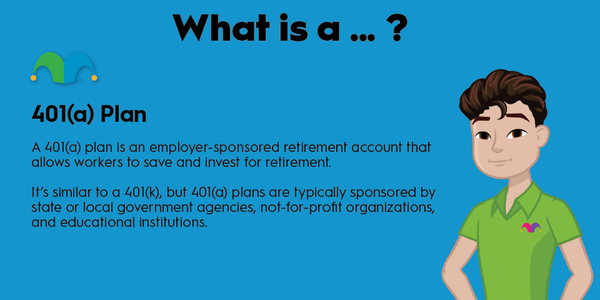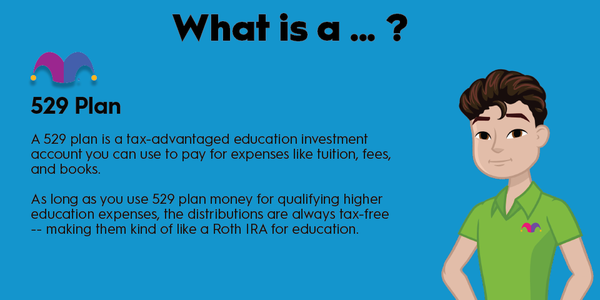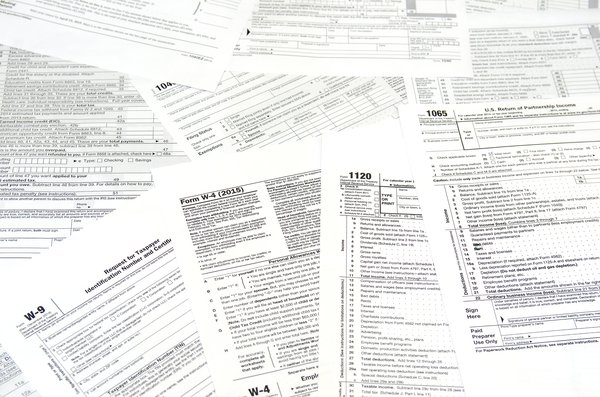If you're considering investing in funds that hold bonds, it's important to understand how their earnings estimates are calculated. One metric you'll see is the 30-day yield. It's one of many that are worth measuring.

What is a 30-day yield?
What is a 30-day yield?
The 30-day yield -- also known as the standardized yield, SEC 30-day yield, or just the SEC yield -- is a standard calculation developed by the Securities and Exchange Commission (SEC) to make it easier to compare bond funds.
With a 30-day yield, investors can see future earnings projections based on the most recent 30-day period of dividend and interest earnings. Because bond-carrying funds, like mutual funds or exchange-traded funds (ETFs), don't often carry bonds to maturity, the 30-day yield can give investors an idea of the fund's income goals and how its assets are managed.
30-day yield vs. distribution yield
30-day yield vs. distribution yield
Both the 30-day yield and the distribution yield are important to consider when choosing a bond fund. However, they're not the same.
The 30-day yield uses the past 30 days of dividend and interest income to project the fund's income for the next 12 months, while the distribution yield takes the most recent distribution -- whether interest, dividends, or capital gains -- and multiplies that payment by 12 to get an annualized total. That total is then divided by the net asset value to determine the distribution yield.
Although the 30-day yield has its limitations, the distribution yield can very easily magnify larger- or smaller-than-normal payments that don't come close to reflecting the actual payments over the period it's meant to represent. Many investors still value the distribution yield as a metric, and you should still pay attention to it. However, understand it's not standardized like the 30-day yield, so you really need to know how each bond fund is calculating this metric.
Calculate a 30-day yield
How to calculate a 30-day yield
The 30-day yield is a highly standardized metric, which makes it easy to calculate for any investor interested in buying into a bond fund. There are four pieces of information you'll need:
I = interests and dividends received over the last 30-day period
E = accrued expenses over the last 30-day period minus reimbursements
S = the average number of shares outstanding daily that were entitled to distributions
P = the maximum price per share on the last day of the 30-day period
When it's put into a formula, it looks like this:
30-day yield = 2 x ((( I - E ) / ( S x P ) + 1 ) ^6 - 1
Why the 30-day yield matters
Why the 30-day yield matters to investors
Although the distribution yield is most commonly displayed on a bond fund's website, the distribution yield isn't a standardized metric and can be confusing when used to compare funds. The 30-day yield, on the other hand, is standardized and regulated by the SEC, meaning it will be consistent from fund to fund.
Related investing topics
By understanding the 30-day yield and how that information can be extrapolated to longer-term yields, bond fund investors have a better chance of getting the outcomes they expect. Bond funds, of course, are subject to the same ebbs and flows of economic pressures as other investments but tend to be fairly stable assets overall.
If you're considering a bond fund, the 30-day yield is just one of many items to consider. Always evaluate the prospectus and make sure you understand the fees involved with investing in a particular bond fund before you commit.






